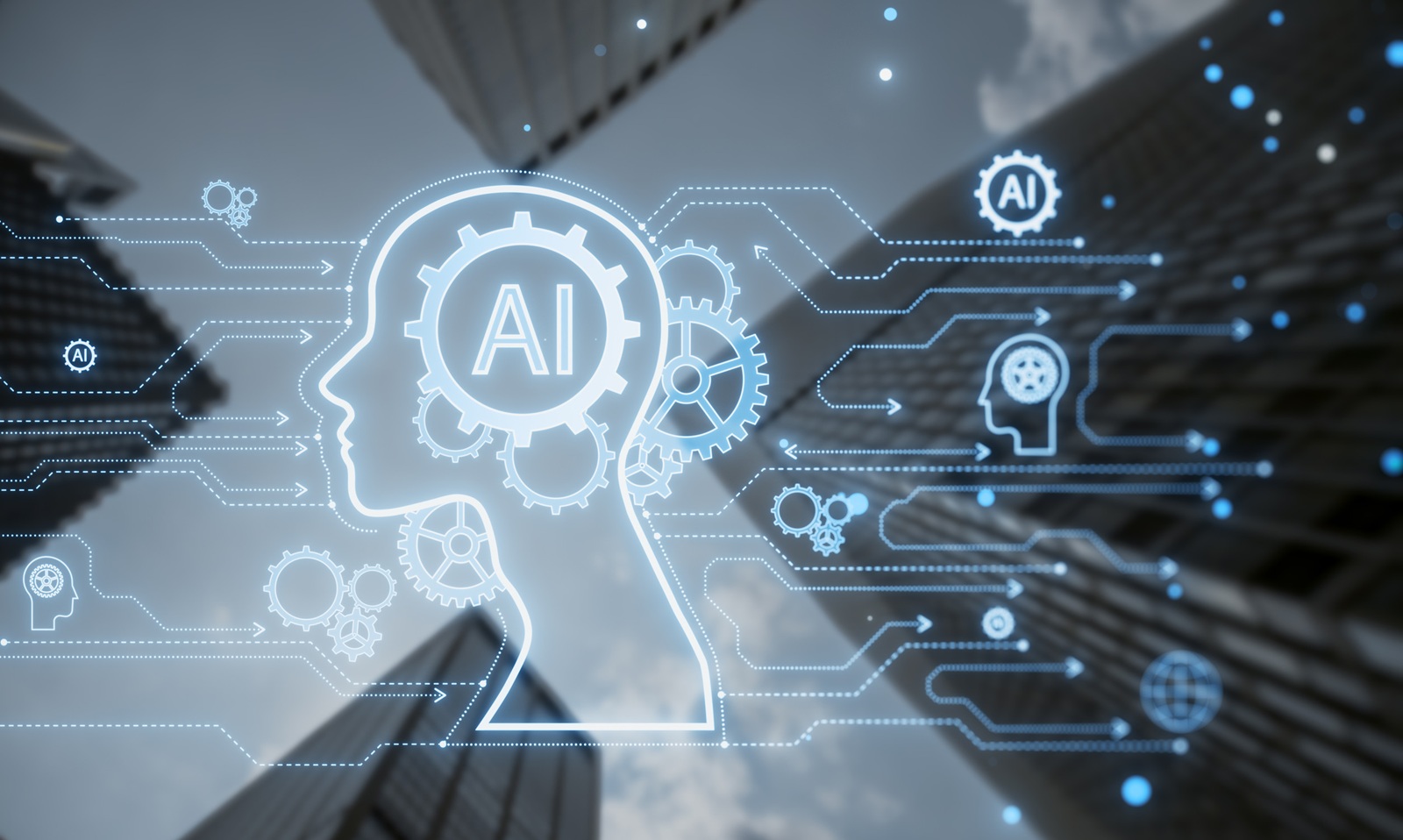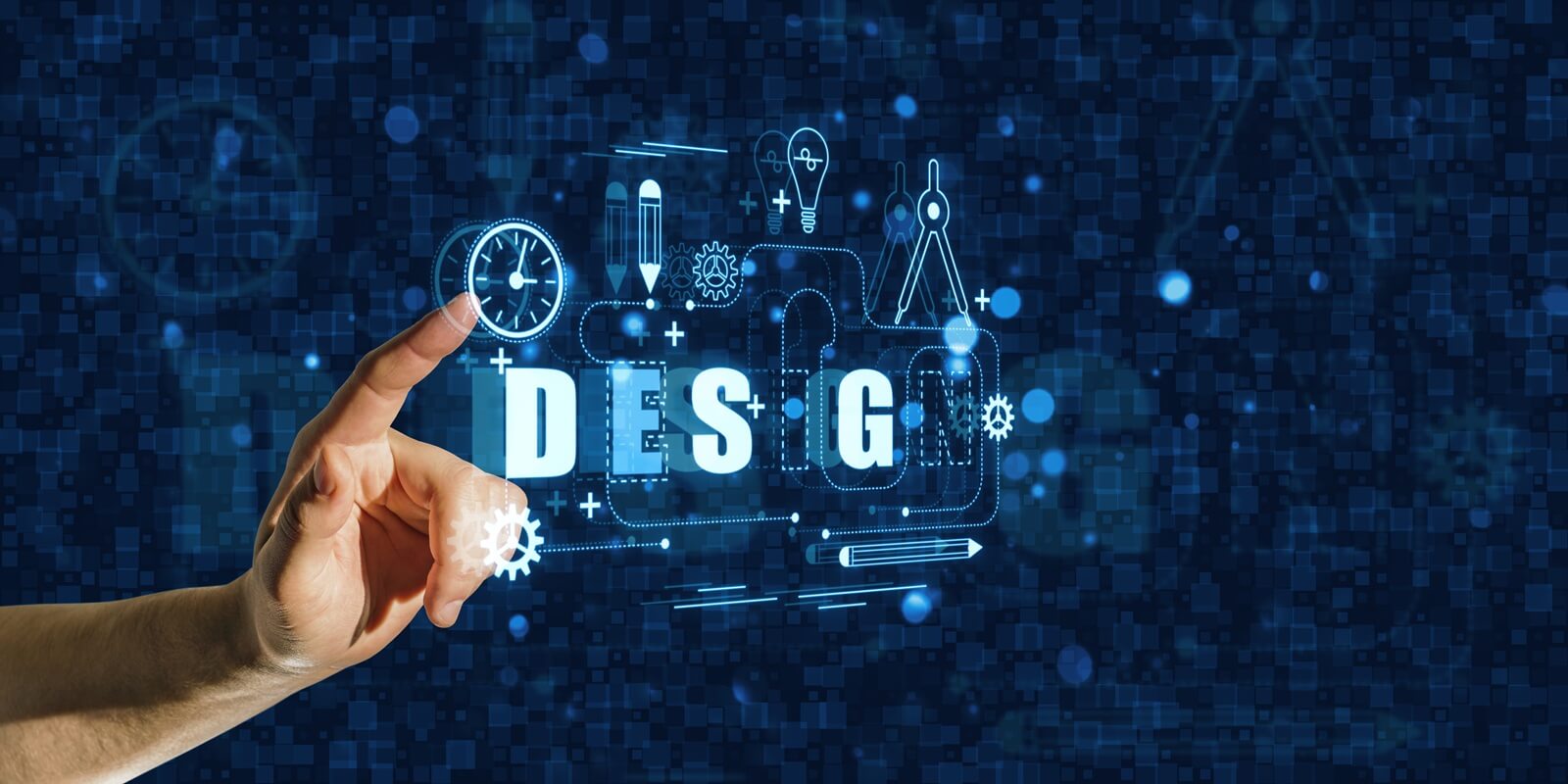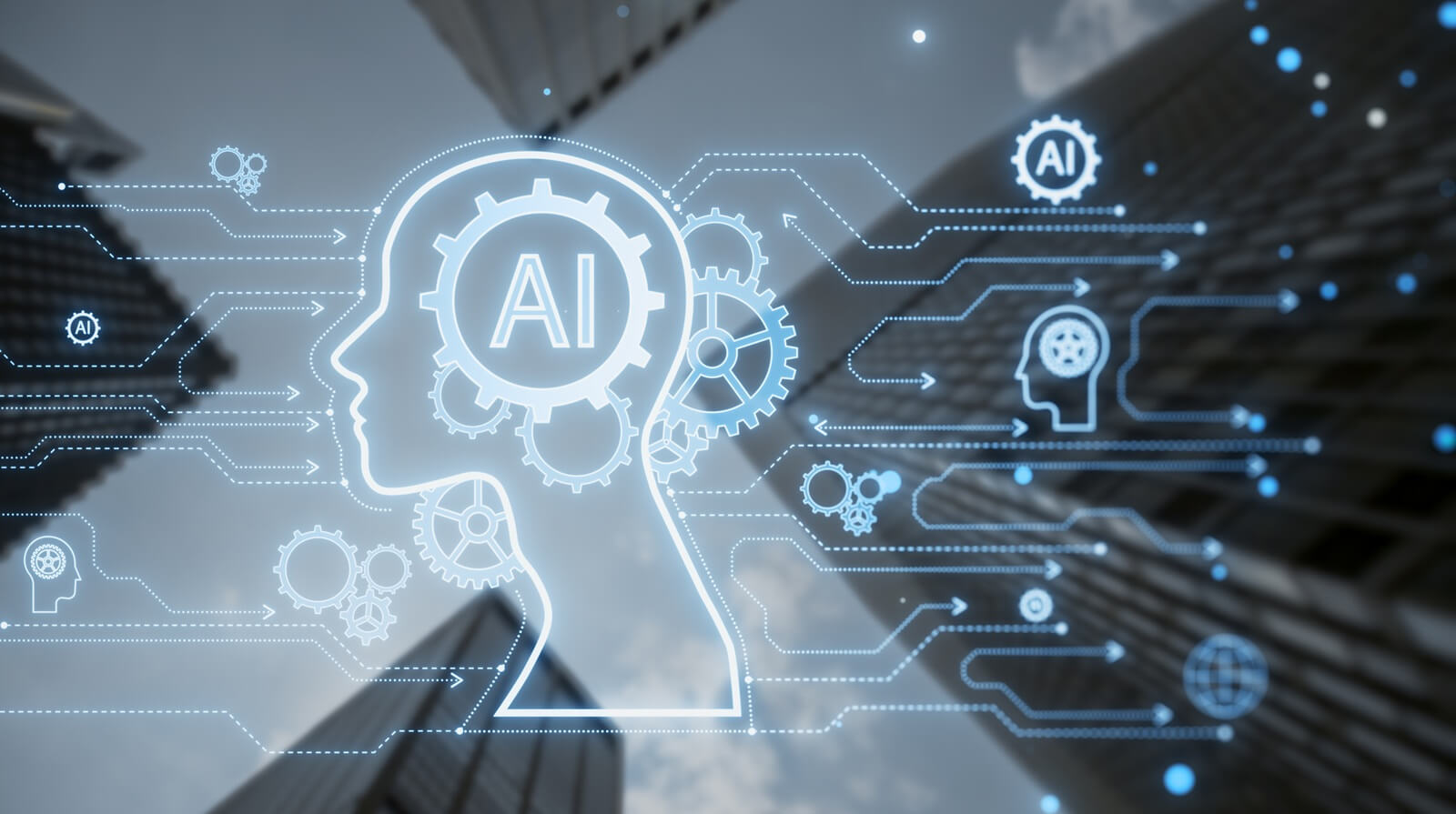In today’s architecture, engineering, and construction (AEC) ecosystem, success no longer depends solely on design brilliance or structural precision — it depends on connection. Every modern project is a convergence of disciplines: architects shaping form, engineers refining function, and operators sustaining performance long after completion. Yet despite sophisticated software and advanced communication platforms, integration remains one of the industry’s most persistent challenges.
Siloed systems, fragmented workflows, and disconnected data environments continue to impede collaboration and limit efficiency. Architects work in BIM, engineers in simulation tools, and operators in asset management systems — each optimized for its own domain but rarely synchronized. The result is duplication, data loss, and reactive decision-making that cost firms valuable time, money, and competitive advantage.
Artificial Intelligence (AI) is rewriting that equation. By serving as the connective tissue between design, engineering, and operations, AI unites once-isolated systems into a continuous ecosystem of intelligence. Through automation, data unification, and predictive analytics, AI in architecture and engineering empowers all stakeholders to operate from a shared, dynamic source of truth — ensuring that decisions are informed, coordinated, and optimized across the entire lifecycle.
At Stealth Technology Group, we help A&E firms harness AI to eliminate inefficiencies, unify workflows, and enable seamless collaboration. Our AI-driven infrastructure transforms isolated design environments into intelligent, self-learning ecosystems where performance, communication, and insight converge.
This is the new foundation of modern project delivery — where design and data move in perfect sync.
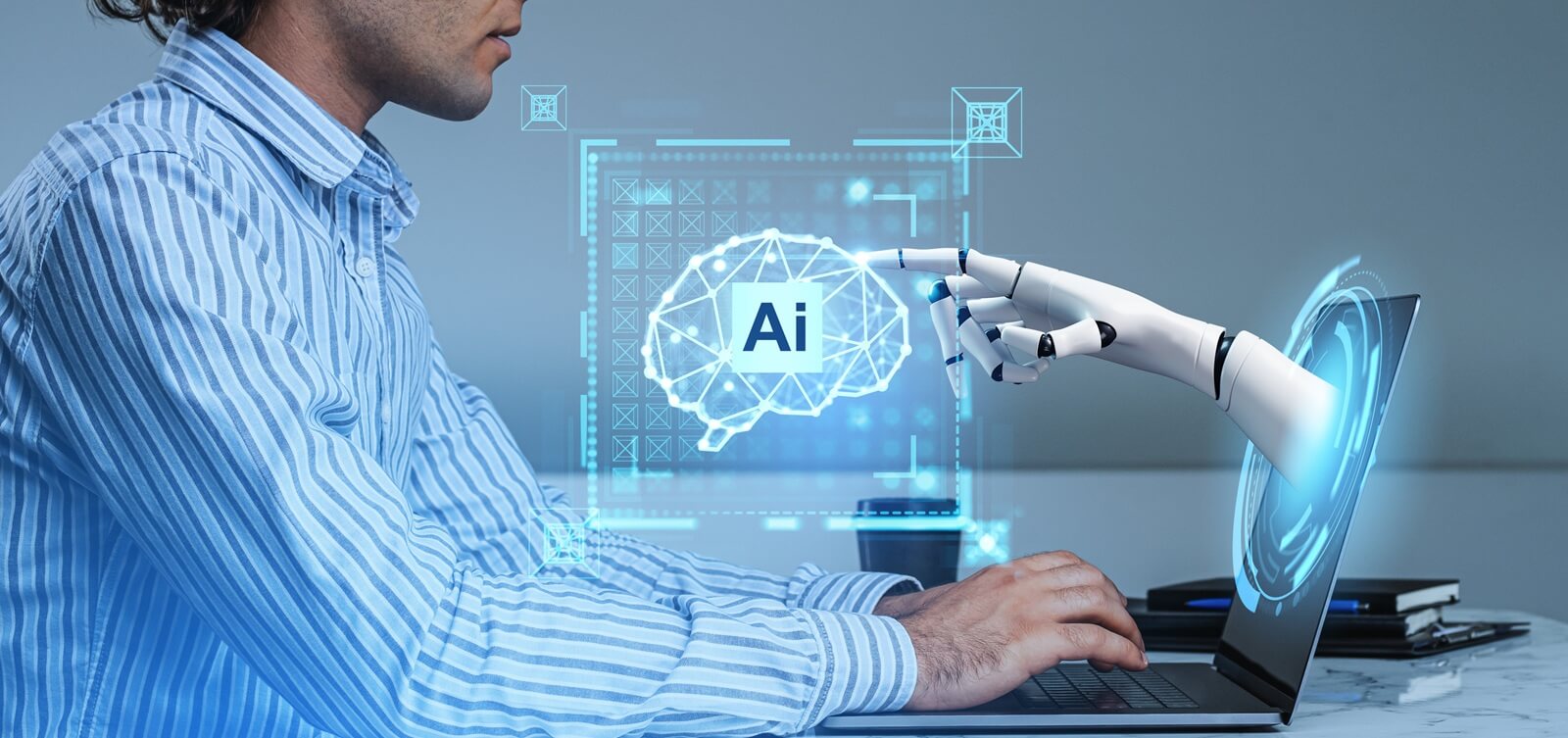
1. The Evolving Challenge: Data Silos in Modern A&E Projects
The complexity of A&E projects has increased exponentially. According to McKinsey’s Construction Productivity Index (2024), the average infrastructure project now involves more than 30 software platforms, 12 data handoffs, and hundreds of contributors spread across multiple geographies. Despite the abundance of digital tools, fewer than 25% of firms report full interoperability among their systems.
This fragmentation creates one of the industry’s biggest obstacles: data silos. When information is isolated — design teams in BIM, engineers in FEA, and operators in maintenance platforms — collaboration becomes manual and error-prone. Every file transfer introduces risks of corruption, outdated versions, and parameter mismatches. The result: inefficiency, misalignment, and rework that can consume as much as 15% of total project cost.
Silos also reduce visibility. A project manager cannot easily gauge how an architectural revision affects structural design, or how engineering changes impact operational maintenance. Without connectivity, decisions remain reactive instead of proactive.
AI eliminates this problem by turning disjointed systems into interconnected networks of intelligence. Using machine learning and intelligent data mapping, AI reads, interprets, and synchronizes information between platforms in real time. Instead of relying on manual updates, every participant works from a continuously refreshed, shared model — a true “single source of truth.”
This interconnected foundation is the first step toward genuine synergy between design, engineering, and operations.
2. From Fragmented Workflows to Unified Intelligence
The traditional project workflow follows a rigid, linear structure — architects design, engineers analyze, contractors build, and operators maintain. Each handoff introduces inefficiencies because data moves sequentially, not collaboratively.
AI converts this linear process into a circular, continuous feedback loop. Using natural language processing, pattern recognition, and predictive analytics, AI links data across disciplines, allowing design models, engineering analyses, and operational metrics to interact dynamically.
In practical terms, design revisions trigger instant engineering recalculations; construction updates automatically sync with design documentation; and post-occupancy data feeds directly back into new design parameters.
Stealth’s AI architecture strengthens this advantage by ensuring interoperability across BIM, AutoCAD, Revit, and Trimble ecosystems. The outcome is unified project intelligence — a continuous digital thread that connects concept, construction, and operation in real time.
3. The Core of Connection: AI as a Data and Decision Bridge
AI is far more than a computational tool; it’s a decision bridge. Traditionally, information passed through human intermediaries who interpreted and relayed it between departments, creating delays and inconsistencies. AI closes that gap by interpreting and transmitting contextual meaning directly between systems.
Through semantic mapping and machine learning, AI understands the relationships between data elements across disciplines. For example, when a structural engineer modifies load parameters, AI recognizes the implications for architectural geometry and MEP layouts, updating those systems automatically.
Beyond data translation, AI delivers predictive intelligence that elevates decision quality. By analyzing historical project data, AI identifies how design choices influence cost overruns, structural risks, or long-term energy efficiency. It turns static records into strategic foresight — empowering teams to prevent issues rather than react to them.
In short, AI becomes a learning mediator between creativity and constraint, ensuring that every decision enhances both performance and precision.
4. Intelligent Collaboration: How AI Enhances Design Coordination
Collaboration has always been central to A&E, but it often falters due to version conflicts, miscommunication, and asynchronous updates. Even minor synchronization gaps can lead to costly design errors.
AI enables real-time, context-aware collaboration. It continuously tracks activity across all active sessions, ensuring that every stakeholder — architect, engineer, contractor, or project manager — works on a single synchronized model. Machine learning reconciles conflicting inputs and prevents duplication before it occurs.
AI also contextualizes dialogue. Instead of static email threads, users collaborate directly within data-aware environments. Comments, discussions, and markups are stored as metadata linked to specific model components, creating a searchable, permanent knowledge base.
According to Engineering.com’s 2024 CAD Collaboration Report, AI-driven collaboration tools improved approval turnaround times by 62%, drastically reducing coordination bottlenecks. The result isn’t just faster communication — it’s smarter, traceable, and inherently aligned teamwork.
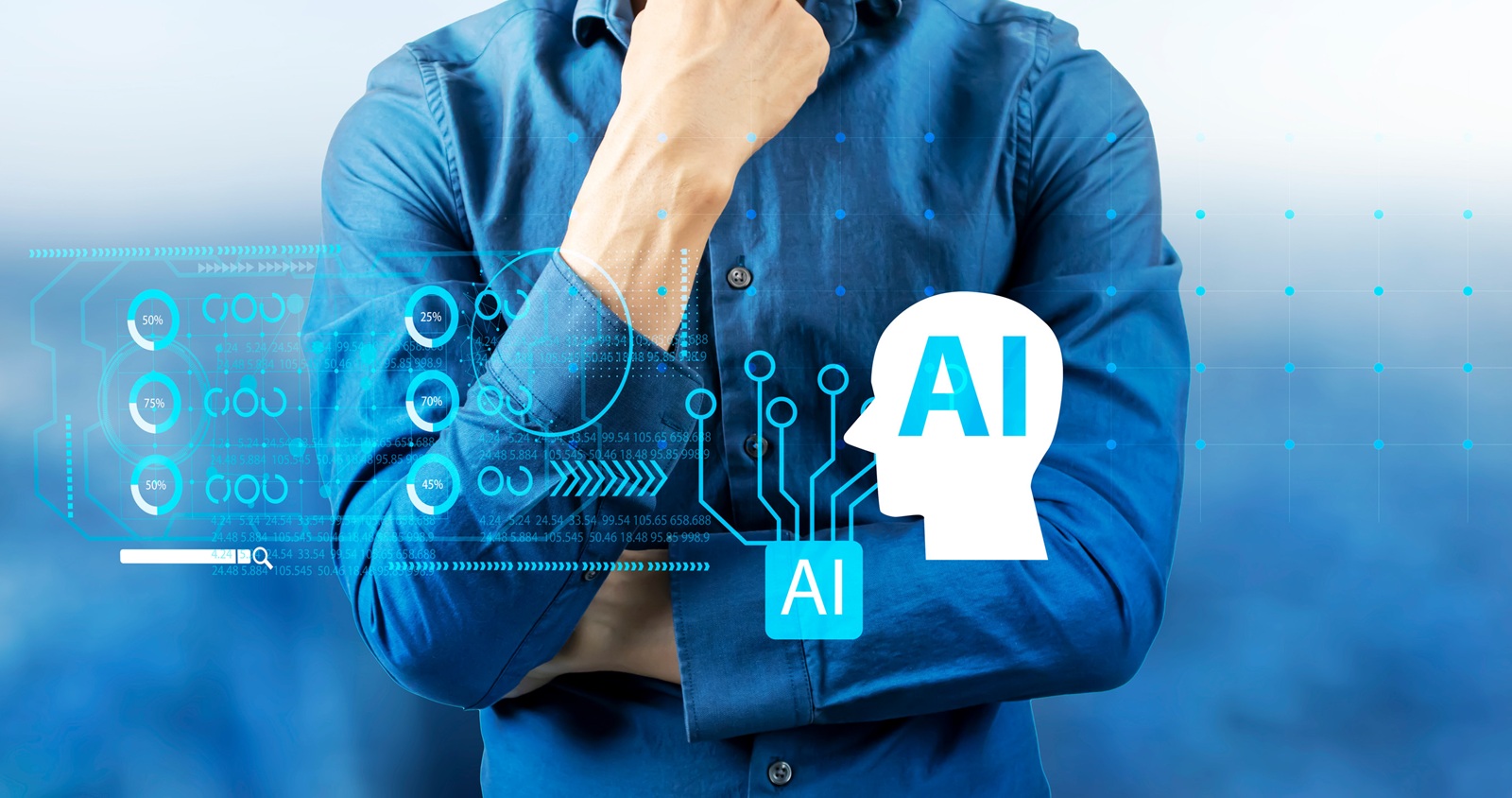
5. Predictive Planning: AI’s Role in Risk Reduction and Resource Efficiency
Effective planning in A&E balances creativity with constraint — art guided by data. Historically, this balance relied on human intuition and experience. AI strengthens it with predictive analytics that evolve dynamically alongside project realities.
Machine learning algorithms mine historical project data — cost drivers, schedule variations, and supply chain metrics — to forecast outcomes with high accuracy. By detecting correlations between design complexity, resource demand, and risk exposure, AI empowers teams to anticipate issues and adjust proactively.
For instance, if data indicates that HVAC coordination conflicts typically arise in complex multi-level projects, AI can alert teams early and recommend modular systems to reduce risk. During construction, predictive scheduling aligns workforce and materials to prevent downtime, ensuring smooth operations throughout.
A report found that AI-driven predictive planning reduced delays by up to 40% and improved resource efficiency by 25%. AI transforms planning from an act of forecasting to a continuous, self-correcting optimization process — ensuring accuracy, foresight, and control at every stage.
6. Lifecycle Intelligence: Extending AI Beyond Design into Operations
The flow of information traditionally stopped once construction ended. Designs were archived, and operational teams started fresh. AI breaks this pattern by linking design data with real-world performance metrics — creating living intelligence that evolves throughout a building’s lifecycle.
By connecting BIM models, IoT sensors, and facility management platforms, AI transforms static data into actionable insight. It monitors system behavior — energy use, mechanical stress, temperature variation — and translates these inputs into predictive maintenance alerts or design recommendations.
A facility’s HVAC system, for instance, can feed performance data back into engineering models, refining future system configurations. This feedback loop not only extends asset life but also informs smarter, more sustainable future designs.
Firms implementing AI-based lifecycle management achieved a 32% drop in operational inefficiency and extended asset longevity by 22%. AI makes every building smarter — not just at completion, but through every year of its operation.
7. Real-Time Integration: Turning BIM and Field Data into Unified Insight
The disconnect between design and field execution remains a recurring challenge in A&E. Construction often deviates from plan due to unforeseen conditions or communication delays. AI bridges this gap by creating real-time integration between digital models and physical progress.
Using drones, IoT sensors, and site scanners, AI continuously verifies as-built data against BIM specifications. Any deviation — in dimensions, material usage, or sequence — triggers an automatic alert. This enables immediate corrective action, preventing minor discrepancies from escalating into costly rework.
AI also correlates field data with cost and schedule metrics, offering an instant snapshot of project performance. Managers can identify productivity trends, evaluate supplier reliability, and forecast potential slowdowns with precision.
The result is a true digital twin — a living model that mirrors construction reality, enabling informed decisions that keep projects on time, on budget, and on spec.
8. Security, Compliance, and Trust in Connected Systems
As integration deepens, so does the responsibility to safeguard data integrity. Connected ecosystems create efficiency but also expand the threat surface.
AI introduces predictive cybersecurity, constantly monitoring access behavior and detecting anomalies. When suspicious actions occur — such as unauthorized downloads or off-hour access attempts — AI isolates the session, initiates verification, and neutralizes the threat instantly.
Simultaneously, AI automates compliance. It cross-references all activity with frameworks such as ISO 27001, SOC 2, and GDPR, generating automated reports and maintaining auditable trails. This transparency ensures firms remain compliant without administrative overhead.
With AI, security evolves from static policy enforcement into a living, adaptive defense system, protecting innovation while maintaining trust.
9. Implementation Roadmap: How Firms Transition to Unified AI Infrastructure
Transitioning to AI-integrated workflows need not be disruptive. Success depends on a structured, outcome-driven rollout:
- Assessment: Evaluate existing tools, identify silos, and map critical data dependencies.
- Enablement: Deploy scalable AI-ready cloud infrastructure that integrates seamlessly with design platforms.
- Integration: Connect core software ecosystems — from BIM and simulation tools to ERP and field systems — under a centralized AI engine.
- Pilot: Launch controlled implementations, analyze ROI, and refine predictive algorithms.
- Expansion: Scale proven solutions organization-wide, embedding AI literacy and governance.
Stealth’s AI infrastructure guides this process, aligning technology and culture for sustainable adoption. Within weeks, firms achieve measurable ROI through faster collaboration, reduced rework, and improved client satisfaction.
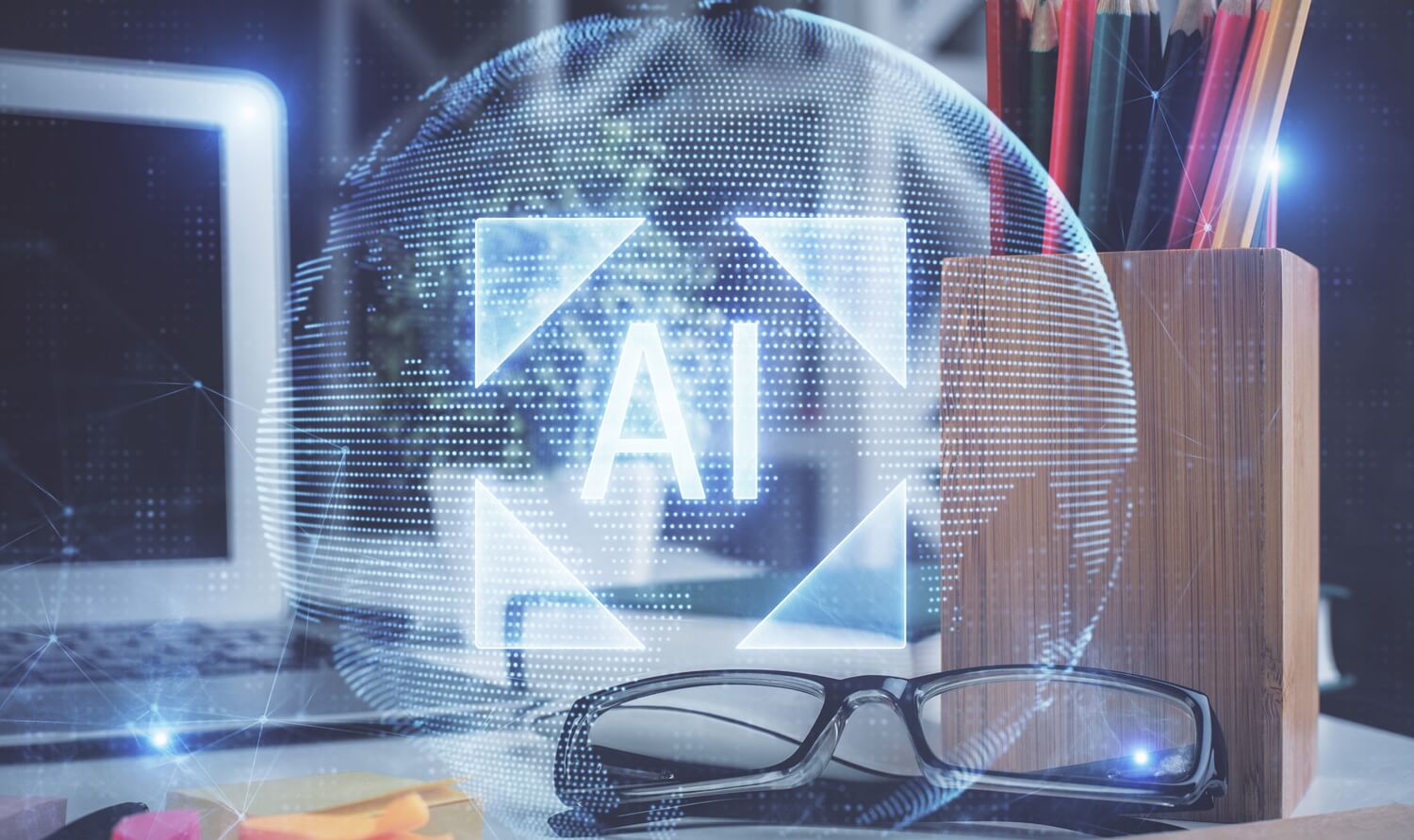
Summary
AI in architecture and engineering represents the unification of intelligence across design, engineering, and operations. It transforms data flow from linear to circular, workflows from reactive to predictive, and project management from fragmented to fully connected.
By integrating automation, analytics, and lifecycle intelligence, AI delivers visibility, efficiency, and foresight at every project stage. Errors are reduced, decisions are smarter, and collaboration becomes instinctive.
We enable this transformation — uniting systems, disciplines, and people through adaptive AI infrastructure. Our mission is to help firms design, build, and operate in complete synergy — where intelligence isn’t an add-on, but the foundation of every decision.
Partner with Stealth Technology Group to build the connected infrastructure your firm deserves.

